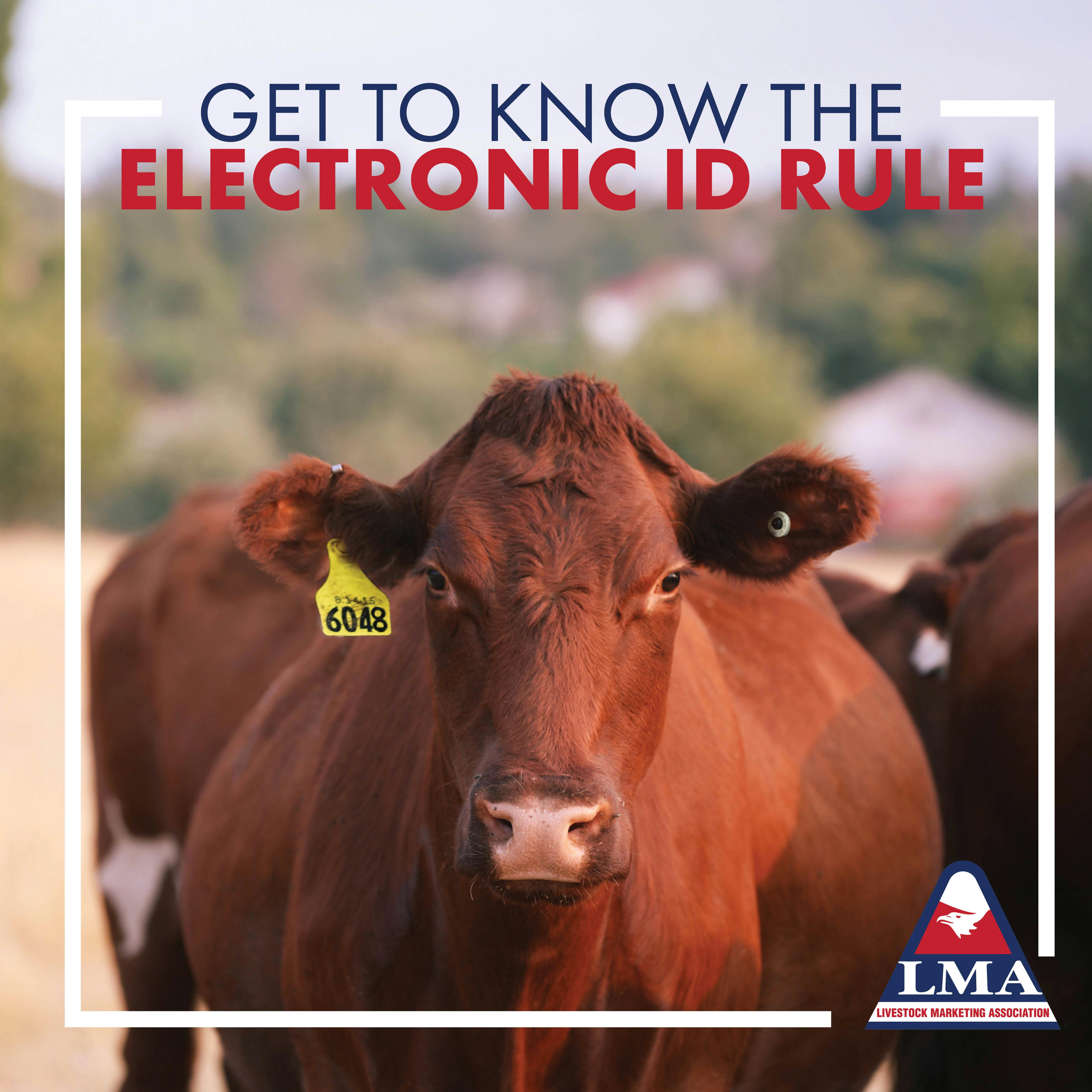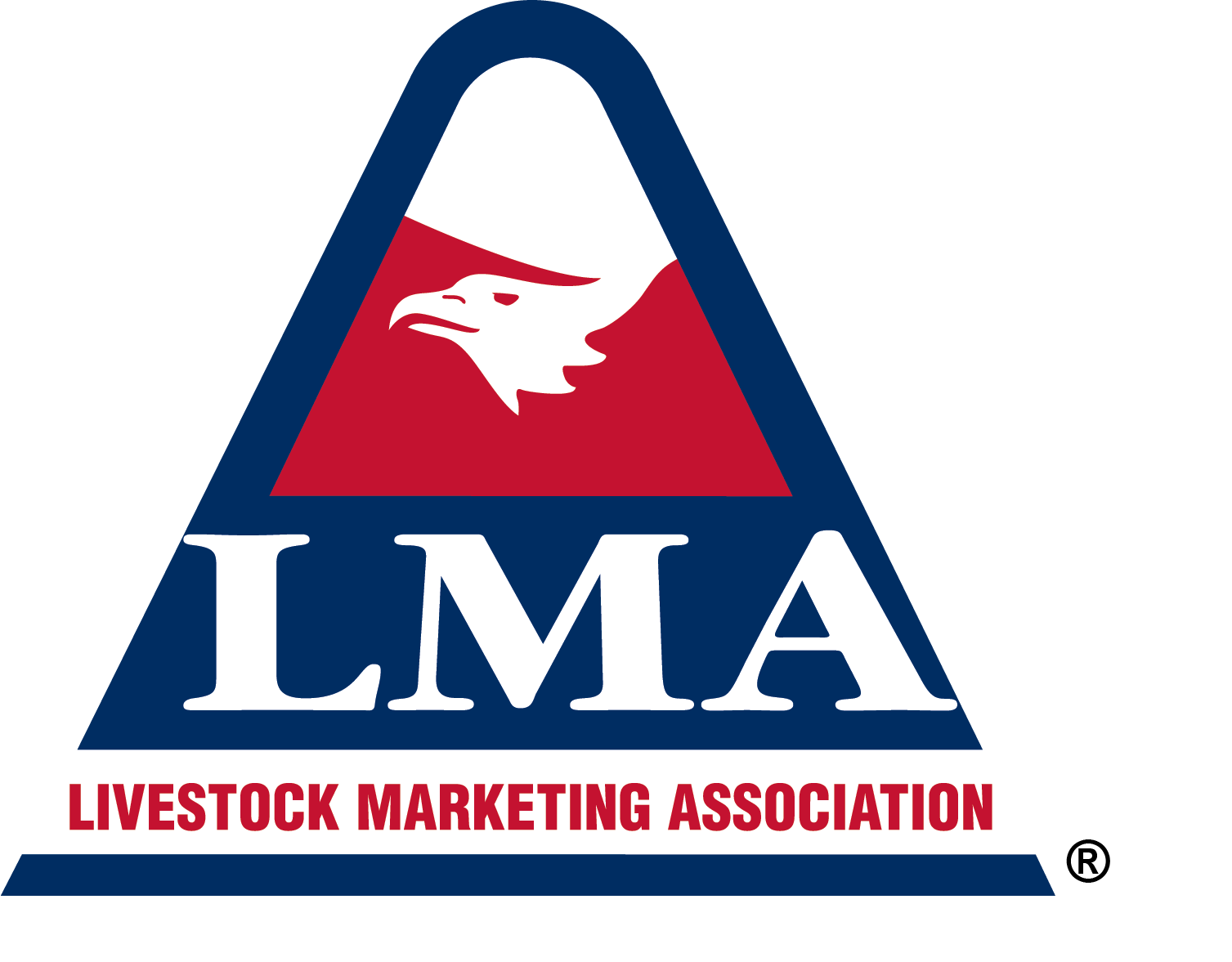PRESS RELEASE
USDA’s Electronic Identification Rule

May 2, 2024
Announced on April 26, 2024, the U.S. Department of Agriculture (USDA) rule, “Use of Electronic Identification Eartags as Official Identification in Cattle and Bison,” will require tags to be both electronic and visually readable in order to be recognized as “official identification” under the existing Animal Disease Traceability (ADT) program. This will eliminate the use of metal brite tags, commonly referred to as NUES tags, and ear tags without electronic readability as “official identification” for cattle and bison covered by the ADT rule. While electronic tags will be required soon, these tags also can be read visually.
The rule goes into effect six months after being published in the Federal Register. This means starting around November 1, 2024, new official identification applied to cattle must be able to be read both visually and electronically. Cattle that already have non-electronic official identification, such as a metal brite tag, applied before this date, may continue to use that tag for the rest of that animal’s life.
The ADT program applies to movement between states of sexually intact beef cattle 18 months of age or older and dairy cattle of any age. Feeder cattle and movements of any class of livestock within a state (and thus not crossing state lines) are not subject to the ADT program and are not required by federal law to be identified with electronic ID or otherwise. States may have their own rules for identification and movement.
The EID rule does not expand the classes of beef cattle requiring official identification. The proposed rule included updates to the definition of “dairy cattle” to include all cattle born on a dairy farm regardless of breed. LMA opposed this change. In the final rule, USDA abandoned its plan to include all cattle born on a dairy farm. However, the final rule does include beef on dairy crosses as covered animals if they are offspring of a dairy cow.
Other changes to the ADT program in the final rule include:
- Removing an exemption so that, moving forward, dairy steers and spayed heifers will need to be individually listed by official ID numbers on an Interstate Certificates of Veterinary Inspection (ICVI). This is already required for sexually intact dairy animals.
- Mandating that cattle leaving a slaughter establishment can only be moved to another slaughter establishment or approved feedlot.
- Requiring ICVIs, (often called health certificates) kept by approved livestock facilities to be of “sufficient accuracy, quality, and completeness.” The same is required of official ID distribution and application records.
- Requiring records be provided to USDA within 48 hours of receiving a request.
- Requiring the person or entity who distributes official ID devices to enter distribution records into a state or federal database.
- Requiring veterinarians to keep records of official ID devices applied in a readily accessible record system.
- Moving away from referencing radio-frequency identification (RFID) and instead referring to electronic identification generally, in recognition that new technologies could be developed in the future.
Many exceptions under the existing rule remain in place, including:
- Backtag option for direct-to-slaughter cattle- Cattle moved direct-to-slaughter from markets can move with approved backtags instead of official identification even if moving between states.
- Tagging Site Exception - Cattle requiring official ID may move across state lines directly to an approved tagging site prior to being identified. Most livestock auctions are approved tagging sites.
- Out-of-State Cattle Moving to an Auction - Cattle requiring official ID may move across state lines directly to an approved livestock facility without a health certificate if moved on an owner shipper statement. In many states, the check-in slip created when selling cattle at a livestock auction meets the owner shipper statement requirement.
- Health Certificates - Cattle requiring official identification must have an ICVI (commonly called a health certificate). However, if both the shipping and receiving state agree, an alternate document may be used.
This rule updates the USDA ADT program, which became effective on March 11, 2013.
General requirements
For cattle, the following animals must be identified with official ID if crossing state lines:
- All sexually intact cattle and bison over 18 months of age,
- All female dairy cattle of any age,
- All dairy males (intact or castrated) born after March 11, 2013, and
- Cattle and bison of any age used for rodeo, shows, exhibition, and recreational events.
This rule only applies to cattle moving from one state to another and not those staying in state.
Other State Requirements Still Apply
States can set identification, documentation, and disease-specific requirements for cattle movement in their states. Contact the state veterinarian’s office in the receiving state for specific requirements.
You can find state movement requirements at interstatelivestock.com.

About the Livestock Marketing Association
The Livestock Marketing Association (LMA), headquartered in Overland Park, Kan., is North America’s leading, national trade association dedicated to serving its members in the open and competitive auction method of marketing livestock. Founded in 1947, LMA has more than 800 member businesses across the U.S. and Canada and remains invested in both the livestock and livestock marketing industries through member support, education programs, policy representation and communication efforts.
RELATED PRESS RELEASES